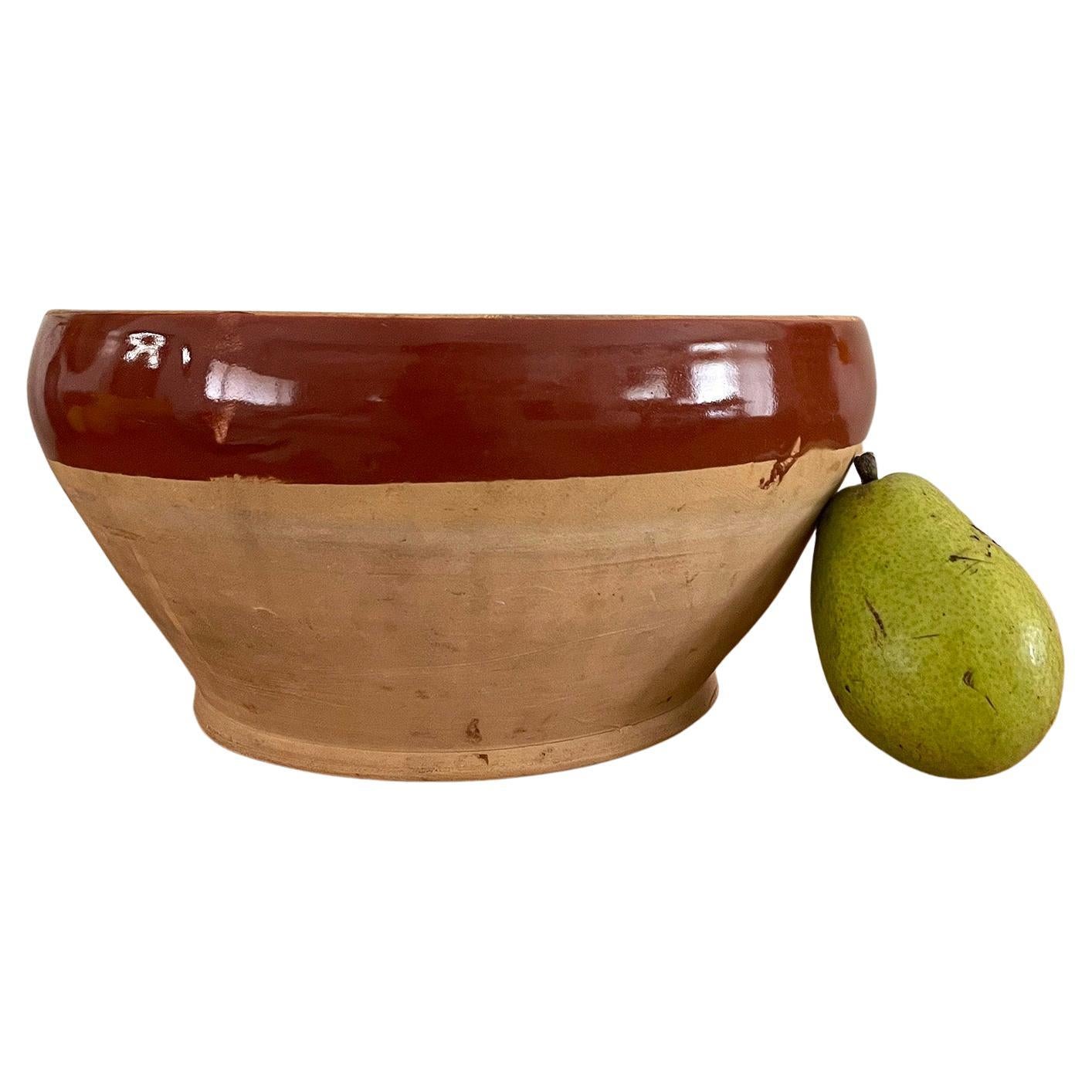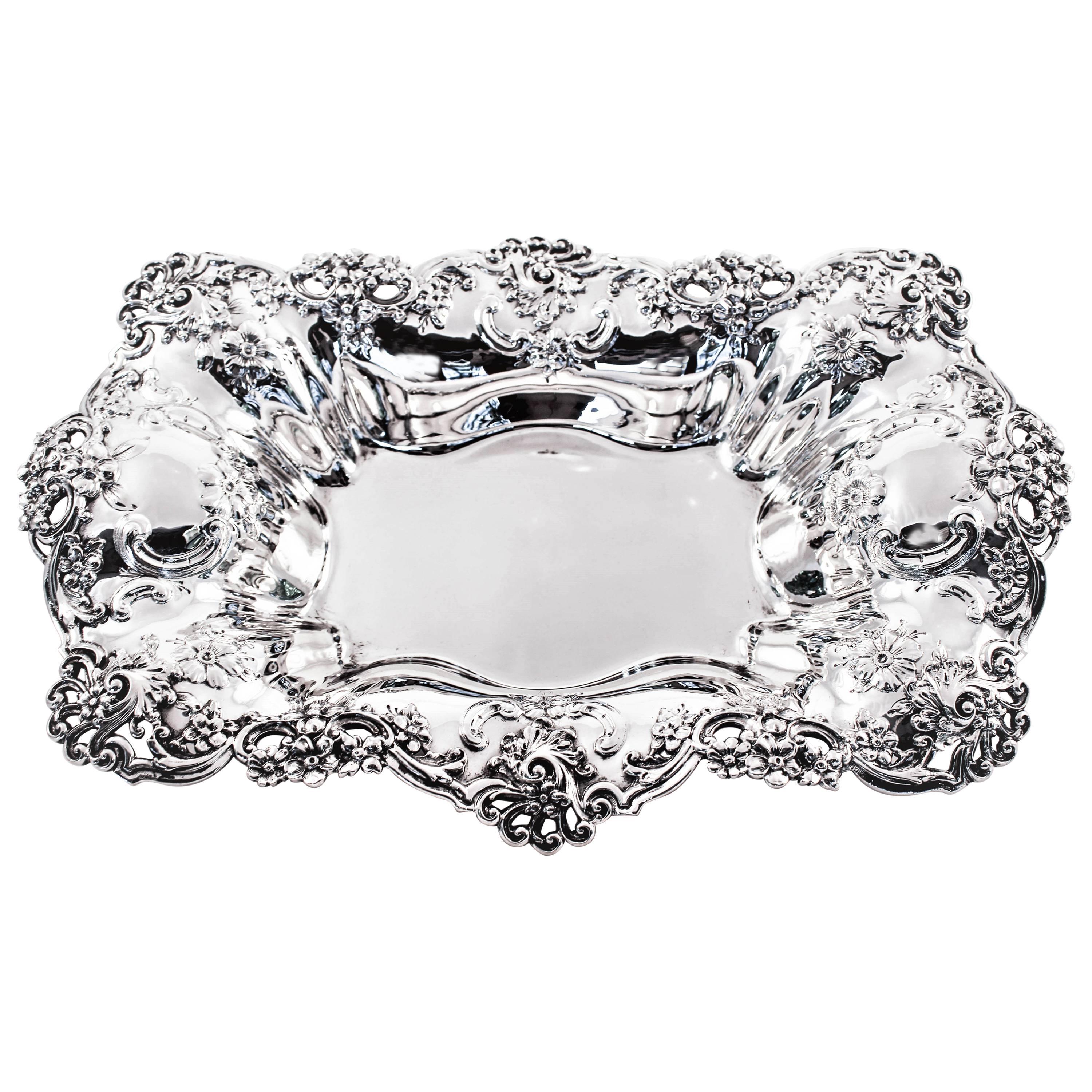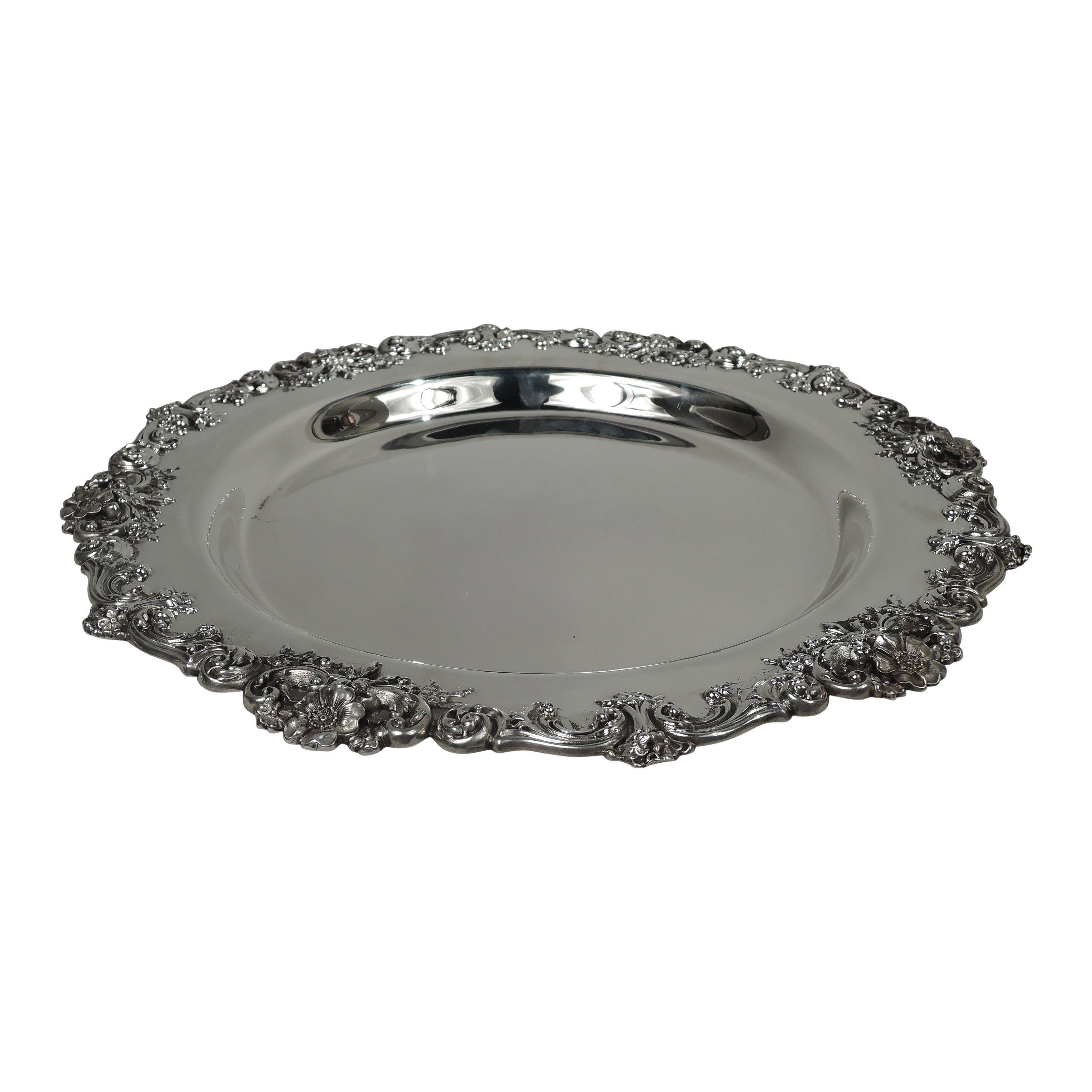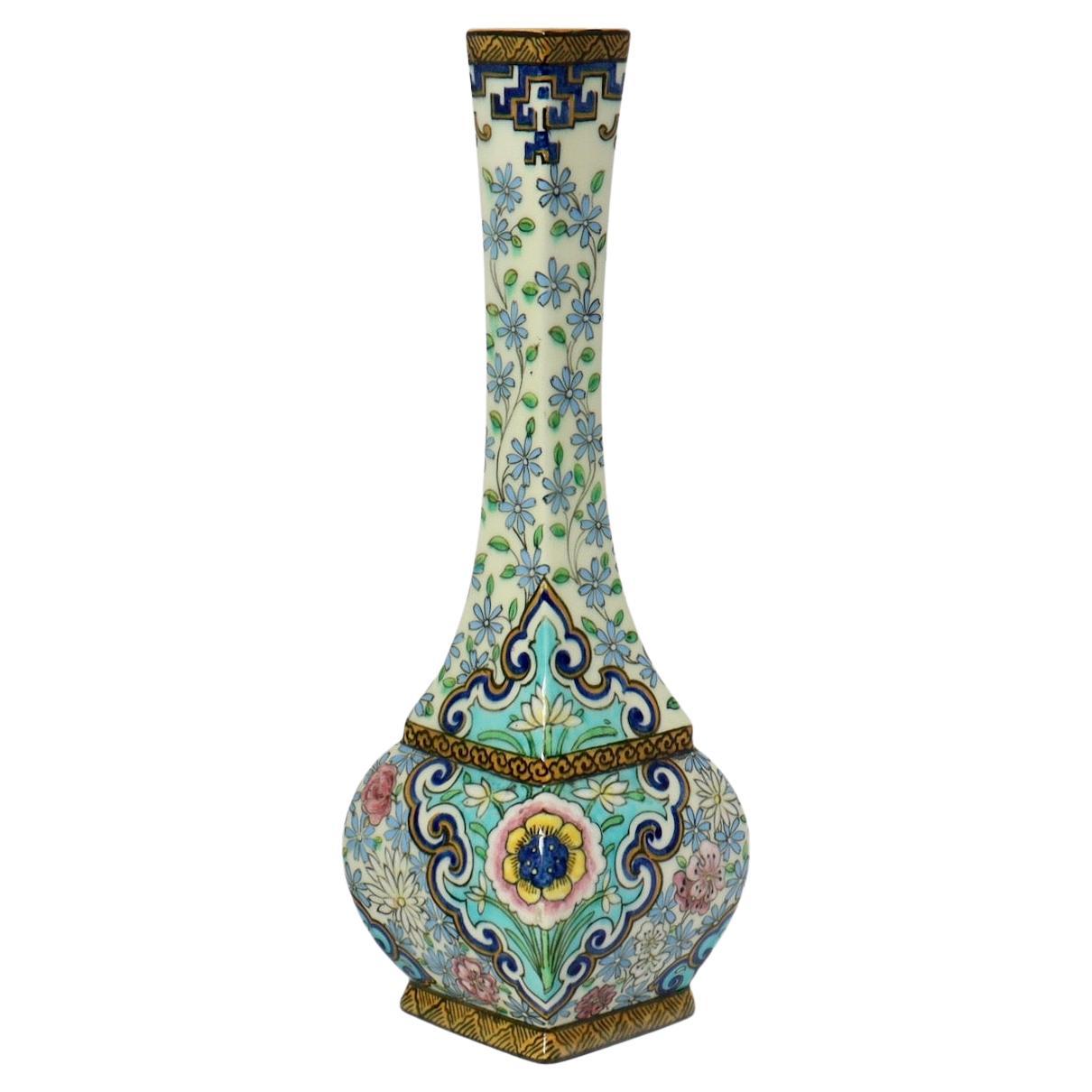Items Similar to Earthenware Dish By Théodore Deck
Want more images or videos?
Request additional images or videos from the seller
1 of 9
Earthenware Dish By Théodore Deck
About the Item
earthenware dish with polychrome enameled decoration depicting a young red-haired woman in profile, the margin decorated with a frieze of scrolls and dolphins on a brown background, signed on the back in very good condition, minimal scratches from use
- Creator:Theodore Deck (Artist)
- Dimensions:Height: 12.6 in (32 cm)Diameter: 12.6 in (32 cm)
- Style:Napoleon III (Of the Period)
- Materials and Techniques:
- Place of Origin:
- Period:
- Date of Manufacture:1880
- Condition:Wear consistent with age and use.
- Seller Location:charmes, FR
- Reference Number:1stDibs: LU5233238720042
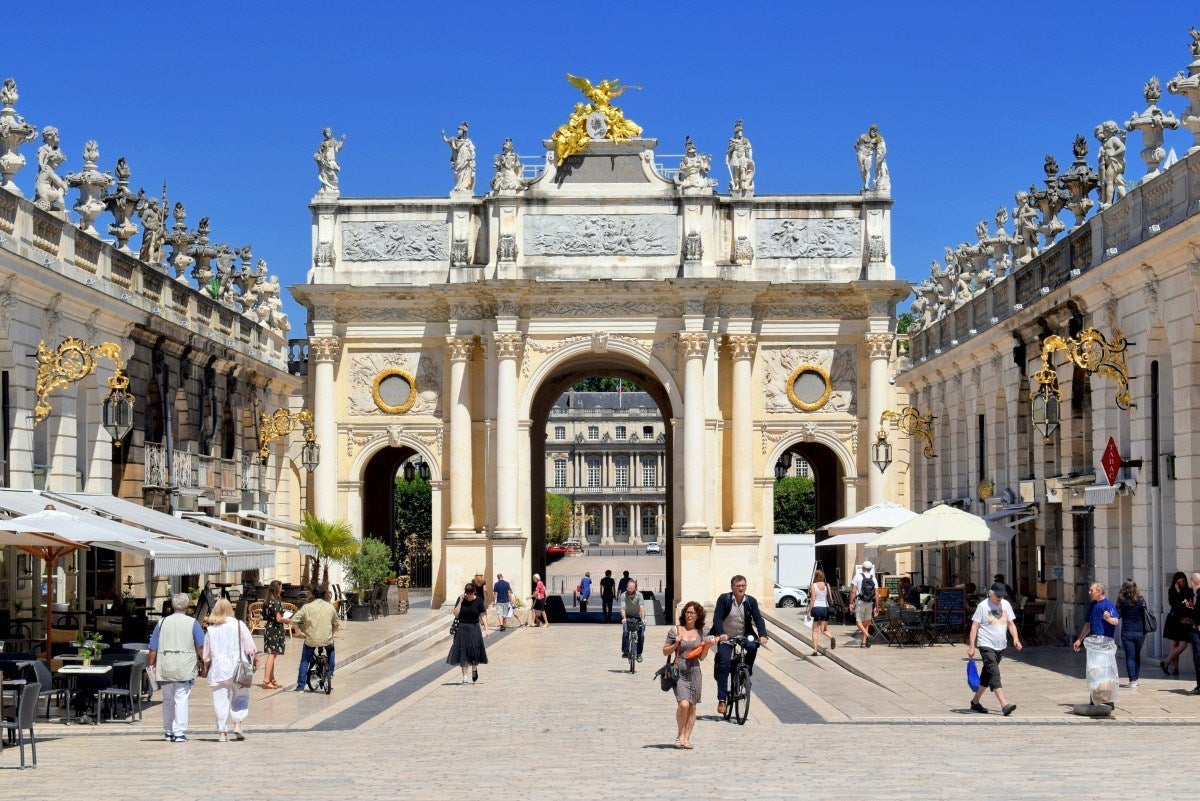
About the Seller
5.0
Vetted Seller
These experienced sellers undergo a comprehensive evaluation by our team of in-house experts.
Established in 1947
1stDibs seller since 2020
13 sales on 1stDibs
Typical response time: 15 hours
- ShippingRetrieving quote...Ships From: charmes, France
- Return PolicyThis item cannot be returned.
More From This SellerView All
- Table Cabinet Or Jewelry Box In Wood And Earthenware NineteenthLocated in charmes, FRcurious wooden cabinet and polychrome enamelled earthenware plate decorated with Renaissance soldiers and flowers has 4 interior drawers lined with red velvet without keyCategory
Antique Late 19th Century Cabinets
MaterialsCeramic, Wood
- Buffet d'Apparat Stamped From "grohé Paris"Located in charmes, FRSupport cabinet in rosewood opening to a drawer and two doors decorated with trophies of agrarian instruments revealing four drawers, the fluting and asparagus posts, the belt decorated with foliage foliage; Above white marble. Guillaume Grohé (1808-1885), born in the Grand Duchy of Hesse-Darmstadt, came to Paris in 1827. With his brother Jean-Michel he successfully runs a "Grohé Frères...Category
Antique Mid-19th Century French Napoleon III Buffets
MaterialsRosewood
- Longpre Paul Watercolor Gouache 1880 Bouquet with DaisiesLocated in charmes, FRDE LONGPRE Original Paul gouache dated 1880 signed by the artist Paul de LONGPRE (1855 in Villeurbanne - 1911 in Los Angeles) a foral painter who made ...Category
Antique 1880s French Napoleon III Drawings
MaterialsPaper
- Louis XVI Commode From The House SormaniBy Paul SormaniLocated in charmes, FRBeautiful dresser attributed to the house Sormani, vintage 19th century, mahogany and mahogany veneer with many gilt bronzes of great quality, white marble, after a model Jean Franco...Category
Antique Late 19th Century French Napoleon III Commodes and Chests of Dra...
MaterialsMahogany
- Showcase Napoleon III En Lac Signed G.durand, ParisBy Gervais DurandLocated in charmes, FRNapoleon III period showcase, completely lacquered with Japanese decoration, in very good condition, usual wear on the gilding of the lacquer It has a glass shelf in the window part but it can accommodate several signed on a copper plate inside the door: G.Durand PARIS...Category
Antique 1870s French Napoleon III Vitrines
MaterialsLacquer
- Buffet at Support Height in Boulle Marquetry Attributed to Befort JeuneBy Befort JeuneLocated in charmes, FRBuffet at support height from the Napoleon III period, in brass marquetry on a blackened wooden background, gilded bronzes the bronzes are typical of the production of young befort i...Category
Antique Mid-19th Century French Napoleon III Buffets
MaterialsWood
You May Also Like
- Large Theodore Deck Earthenware Bottle Form Vase in the Islamic/Iznik TasteBy Theodore DeckLocated in New York, NYA large and impressive Theodore Deck Earthenware bottle form vase in the Islamic/Iznik Taste, Impressed "TD" 1870 on the bottom. The narrow circular neck is decorated with dark blue,...Category
Antique 1870s French Islamic Vases
MaterialsPorcelain
- Théodore Deck Attributed French Ormolu Mounted Majolica TazzaBy Theodore DeckLocated in Bishop's Stortford, HertfordshireA very stylish and unusual French ormolu mounted majolica tazza molded with figures set within an abstract design border attributed to Theodore Deck (1823-1891) and believed to date ...Category
Antique 1880s French Aesthetic Movement Decorative Bowls
MaterialsOrmolu
- French Earthenware BowlLocated in Los Angeles, CAFrench earthenware bowl Organic texture and feel Neutral toned ceramic bowl in a matte finish accented with a deep terracotta glazed band Age related wear to the inner glazing and ri...Category
Mid-20th Century French Ceramics
MaterialsCeramic
- Oblong Dish by Redlich & CoBy Redlich & Co.Located in Brooklyn, NYUnlike your usual round or oval, this dish has an oblong shape. Beautiful and detailed work covers all four sides: flowers, swirls and cutout work galore. For those that like their s...Category
Vintage 1930s American Sterling Silver
MaterialsSterling Silver
- Pretty Antique Silver Tray with Scrolls & Flowers by Theodore B. StarrBy Theodore B. StarrLocated in New York, NYPretty Victorian sterling silver tray. Made by Theodore B. Starr in New York, ca 1890. Round with deep well. Applied cast rim with leafing scrollwork and flowers. Fully marked includ...Category
Antique Late 19th Century American Victorian Platters and Serveware
MaterialsSterling Silver
- A Théodore Deck (1823-1891) Enamelled Faience Soliflore Vase circa 1875By Theodore DeckLocated in Saint-Ouen, FRThéodore DECK (1823-1891) A polychromatic enamelled earthenware soliflore and quadrangular shape vase with Sino-Japanese inspiration design of flowers and geometrical friezes all around. Impressed uppercase mark "TH.DECK" under the base. Circa 1875 Born in Guebwiller in Alsace, Théodore Deck trained as a ceramist in his home region, then in Germany. He went into partnership with his brother, Xavier Deck, to create his own factory in Paris in 1858. At the Exhibition of Industrial Arts in 1864, he presented pieces covered with transparent enamels that were not cracked, and then made his first attempts at reliefs under transparent enamels. He developed a bright turquoise color, famously renowned as "Bleu Deck". It is this nuance that we find on the salamander represented on this vase. In 1887 he published a treatise entitled "La Faïence", in which he explained some of his discoveries. That same year, he became director of the Manufacture de Sèvres. Theodore Deck (1823-1891) is a French ceramist born in Guebwiller in Alsace. He is passionate about chemistry and the physical sciences. In 1841, he joined the master stove maker Hügelin father as an apprentice in Strasbourg. In two years, he learned of the methods inherited from the 16th century, such as the encrustation of colored pastes in the style of Saint-Porchaire. This apprenticeship did not prevent him from spending his free time draw-ing or modeling clay in the studio of sculptor André Friederich. Escaping military service, he made a tour of Germany as is the tradition with fellow Alsatian stove-makers. The quality of his work allows him to obtain important orders in Austria for the castles of the provinces and the imperial palaces, in particular for the palace of Schönbrunn. He continues his journey in Hungary to Pest, to Prague, then, going north through Dresden, Leipzig, Berlin and Hamburg. On the strength of his apprenticeship, he arrived in Paris in 1847. Recommended by Hügelin, he went to the stove factory of the Bavarian potter Vogt, located rue de la Roquette. The Revolution of 1848 interrupts production and Deck decides to return to his hometown. His family then advised him to set up a small terracotta workshop: he made a few busts, statuettes, vases, lamps and copies of famous antiques there. Aware that this situation would not allow him to provide for himself properly, he returned to Paris in 1851 where he was employed by the widow Dumas, daughter of the earthenware maker Vogt for whom he had worked. Hired as a foreman, he supplied the drawings and models to the workers, while working the land himself. The following year, he made the decision to settle not far from his former employer at 20, rue de la Fontaine-au-Roi, probably using his ovens. His brother, Xavier Deck, joins him. It was officially in 1858 that the Deck brothers created their business and settled in Paris at 46, boulevard Saint-Jacques. Initially, the brothers only carry out coatings for stoves. But the business is going so well that barely a year after their installation, they want to diversify their production and engage in ceramics for the cladding of buildings as well as in shaped parts. Deck is interested in politics. In 1870, he opted for French nationality and was elect-ed deputy mayor in the 15th arrondissement of Paris. In 1861, at the Salon des arts et industries de Paris, which was held on the Champs-Élysées, Théodore Deck exhibited his works for the first time: these were pieces with an inlay decoration called “Henri II” and others. pieces covered with turquoise blue enamel or decoration in the style of Iznik ceramics.If he wins a silver medal, reviews are mixed, however. The following year, on the occasion of the Universal Exhibition of 1862 in London, he won over English customers. He surprised by presenting, like the previous year, his Alhambra Vase...Category
Antique 1870s French Japonisme Vases
MaterialsFaience


